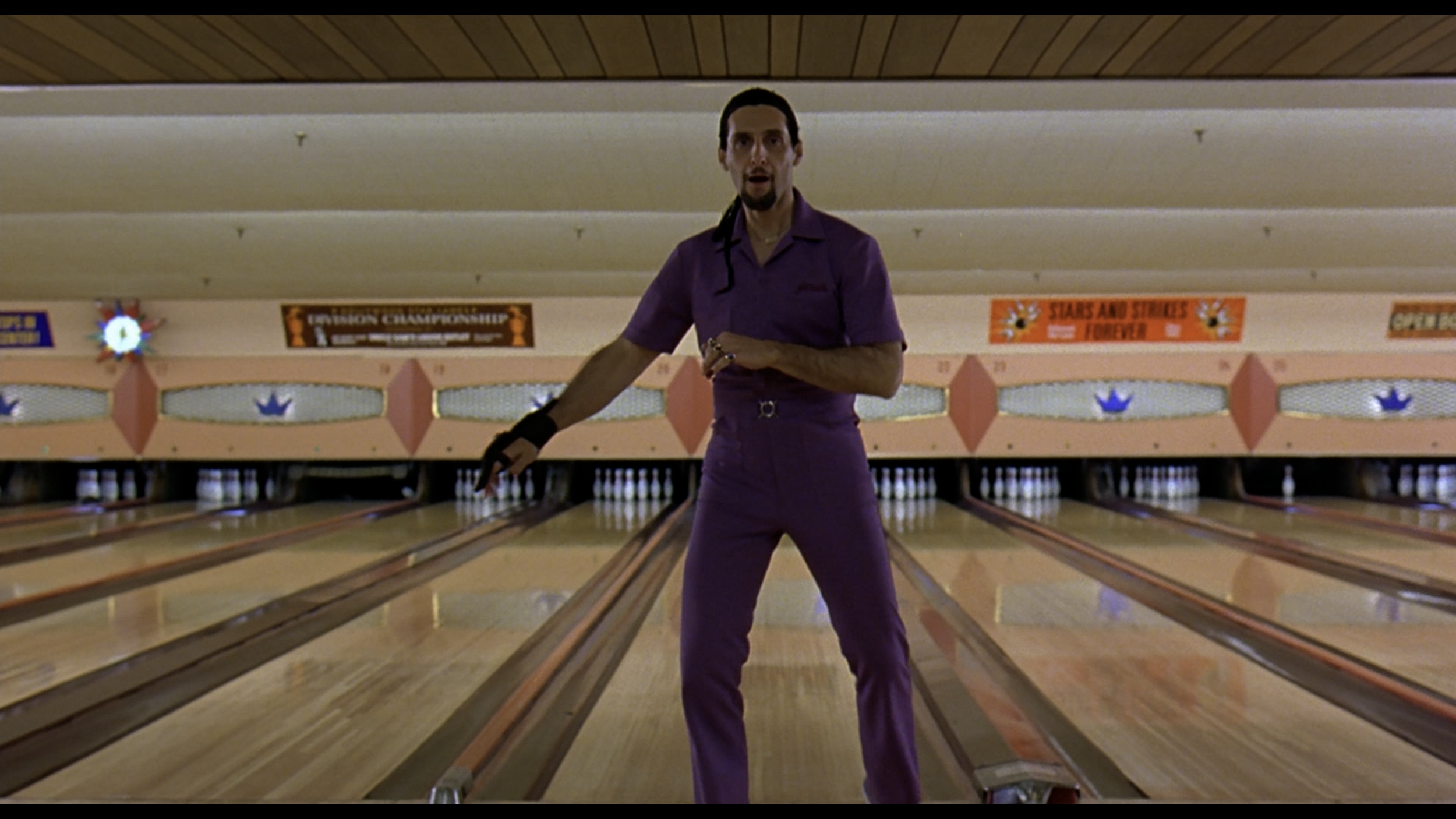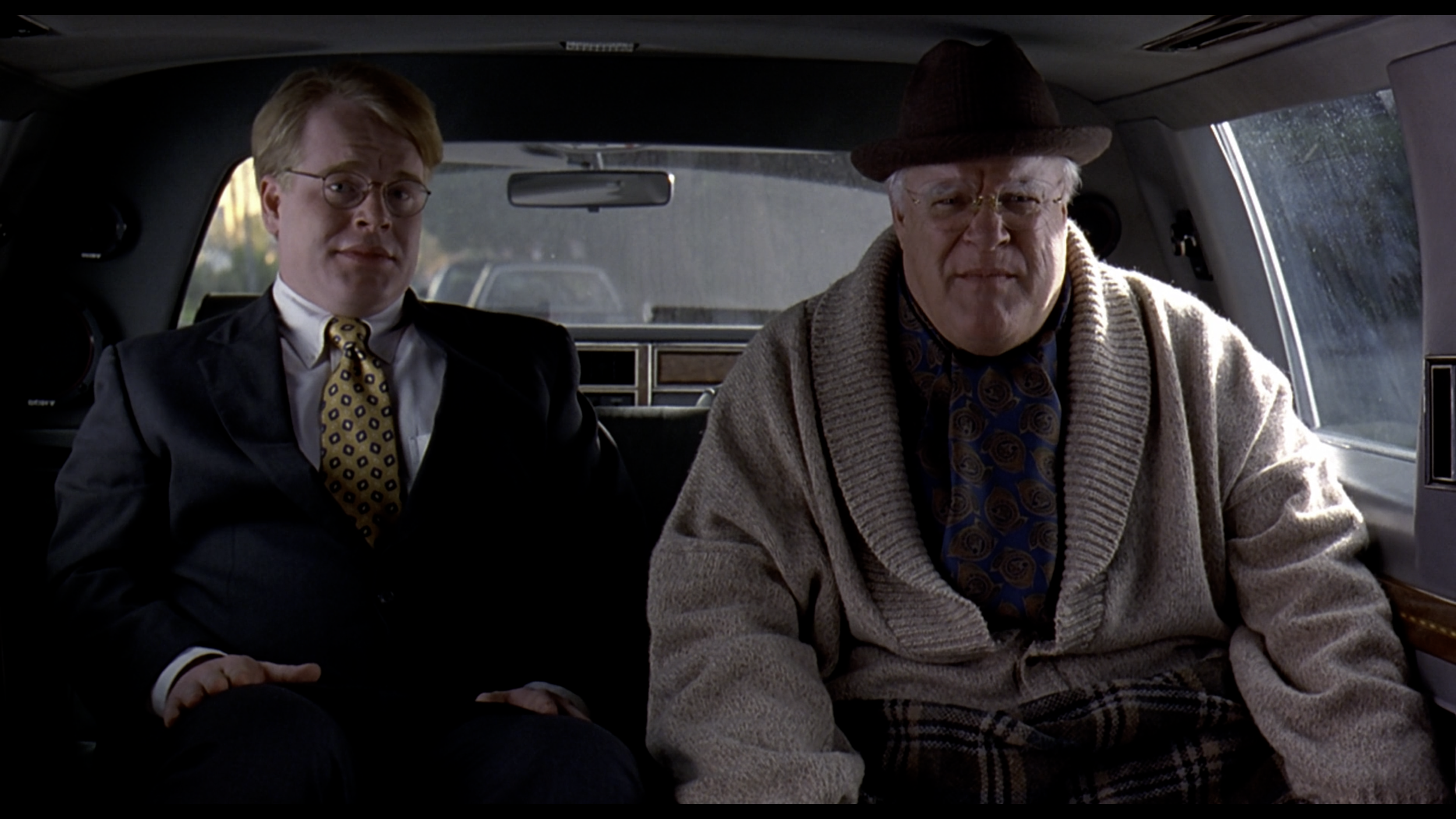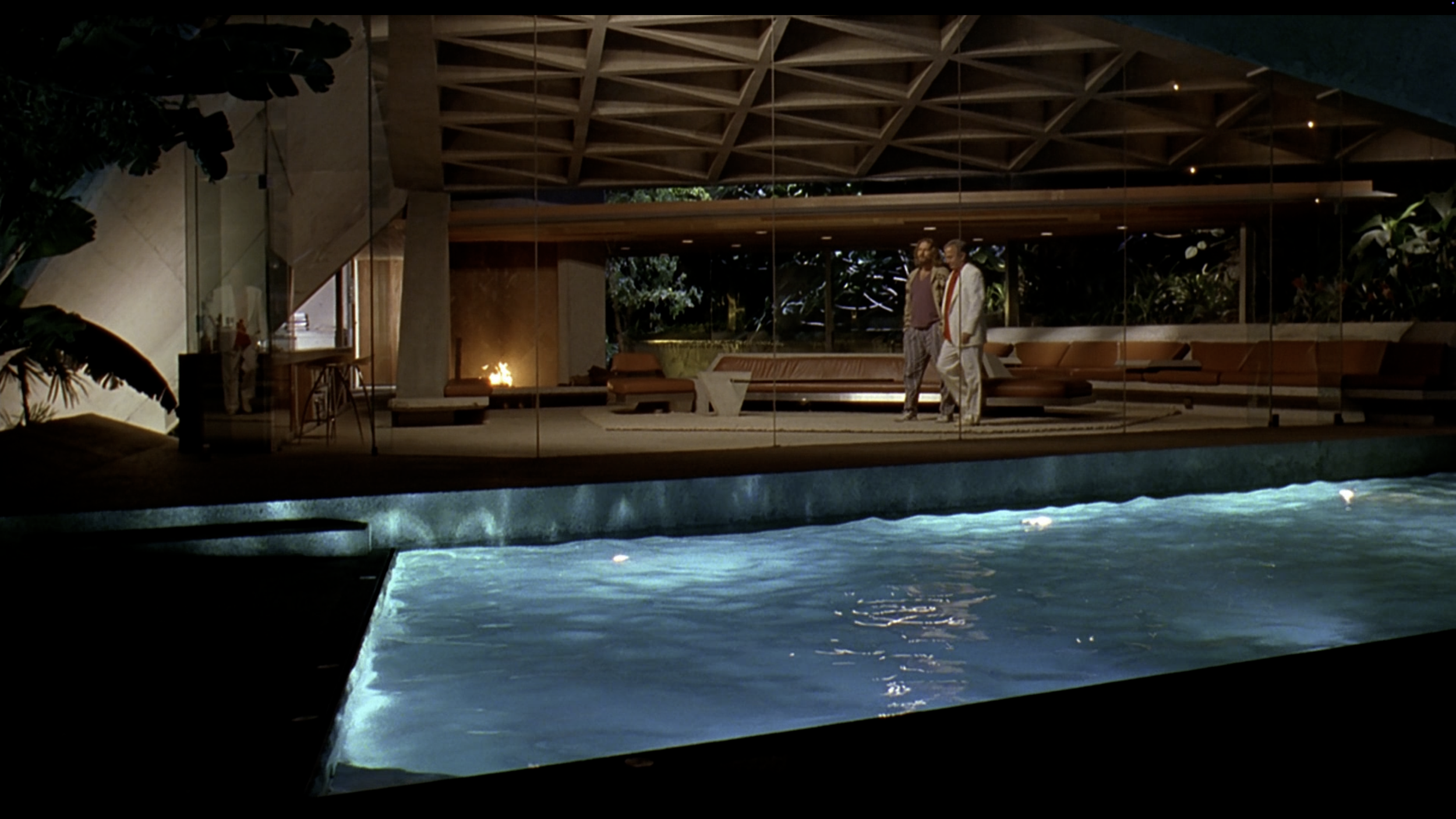The Big Lebowski (1998)
"Sometimes there’s a man," the film opens, with Sam Elliott’s omnipotent narration rolling across the screen like the tumbleweed through the streets of Los Angeles. And sometimes, there’s a movie that defies narrative conventions, gleefully meandering through absurd plot threads without ever seeming to care about where it’s headed. Such is "The Big Lebowski," the Coen brothers’ 1998 masterpiece, a film that, like its central character, is more about "being" than "doing," and one that has firmly cemented itself as a cult classic.
At the center of this film is “The Dude,” a man so wholly himself that he becomes an archetype, a lifestyle, and a philosophy all rolled into one. Played with easygoing charm and cosmic laziness by Jeff Bridges, The Dude wanders through a convoluted kidnapping caper that he neither initiates nor seeks to solve but is dragged into through a case of mistaken identity. Yet, as absurd and labyrinthine as the plot gets, it is ultimately secondary, if not outright irrelevant, to the real delights of the film. The Coen brothers are not as interested in who did what or why, but in creating a space for a gallery of eccentric, unforgettable characters to collide in fascinating and hilarious ways.
Bowling is central to the film’s aesthetic and thematic core, a sport that is deceptively simple yet governed by precise mechanics, just like the Coens’ storytelling. For The Dude and his friends, the bowling alley represents a safe haven, a kind of tranquil retreat from the chaos of the outside world. However, when The Dude is forced to take his fate into his own hands after his beloved rug is peed on (setting off the "plot"), the simplicity of his life unravels. The bowling metaphor is shattered, and what unfolds is a wild journey tinged with existential musings, dark comedy, and surreal escapades.
Roger Deakins’ cinematography is both playful and precise, elevating the film’s absurdity while grounding its visual storytelling in a distinct, lived-in reality. Deakins, known for his long-standing collaboration with the Coen brothers, adapts his stylistic approach to suit the unique tone of each of their films. In darker, grittier Coen works like “Fargo” or “No Country for Old Men,” Deakins leans into stark landscapes and subdued naturalistic lighting to reflect the bleakness of the characters’ fates. By contrast, “The Big Lebowski” allows him to experiment with a looser, more whimsical style that mirrors the laid-back vibe of its protagonist.
Take, for instance, the now-iconic shot from inside a bowling ball. A moment of pure visual ingenuity that captures the essence of the film’s humor and inventiveness. Deakins’ work here is lighter, more playful, incorporating vibrant colors and dreamlike sequences, such as The Dude’s surreal dream montage. These moments highlight Deakins’ ability to match his visual approach to the Coens’ storytelling needs, effortlessly blending absurdity with technical brilliance.
What makes Deakins’ collaboration with the Coens so exceptional is its symbiotic nature. He has an uncanny ability to understand and enhance the tonal nuances of their films, whether it's the existential dread of “A Serious Man” or the biting satire of “Burn After Reading.” Here, in “The Big Lebowski,” he brings a heightened sense of visual comedy and an appreciation for the mundane, making even a bowling alley feel mythic. It’s a testament to his versatility and the Coens’ trust in his work that he can shift so effortlessly between styles while maintaining the coherence of their worlds. This collaboration not only enhances the humor and absurdity of this film but also positions it as a visually distinctive entry in the Coen brothers’ already varied and remarkable oeuvre.
The Coen brothers have a knack for creating characters that are both outlandish and relatable, and "The Big Lebowski" boasts one of their finest ensembles. From the absurd nihilists who proclaim "We believe in nothing!" to John Turturro’s unforgettable turn as Jesus Quintana, every character feels alive and brimming with idiosyncrasies. The nihilists themselves are perhaps the key to understanding the film: their central belief that nothing matters mirrors the story’s own gleeful disregard for typical narrative stakes. The Coens are more invested in the journey than the destination, and as a result, the film becomes a meditation on chaos, absurdity, and the strange individuals who float through life alongside us.
While Jeff Bridges rightfully earns his praise as The Dude,John Goodman’s Walter Sobchak is the film’s true anchor. Loud, opinionated, and perpetually teetering on the edge of rage, Walter embodies the Coens’ flair for dark comedy. His larger-than-life performance is unforgettable, from his overly aggressive eulogy for Donny to his obsession with "the rules" of bowling. Walter is the perfect foil to The Dude’s laissez-faire philosophy, and their dynamic is one of the richest veins of humor and insight in the film.
While the Coen brothers have demonstrated their mastery with adaptations (“No Country for Old Men,” “True Grit”), their best work might just come from their original scripts, and "The Big Lebowski" is a shining example. The film’s quirky characters, pitch-black humor, and dense dialogue are all unmistakably Coen-esque, but there is a lightness to this movie that sets it apart from their more somber fare. It feels like an experiment in storytelling, one where narrative logic is cast aside in favor of tone, character, and the pure joy of creativity.
This film resists easy summary or categorization. It is a comedy, yes. A detective story, sort of. A meditation on modern malaise, perhaps. But above all, it is a film that exists on its own terms, as laid-back and confidently strange as The Dude himself. Who is the narrator? Does it matter? Much like bowling or life itself, the answers aren’t always as important as the experience. Or, as the Coens might put it, "The Dude abides." And so does this timeless, endlessly fascinating film.










